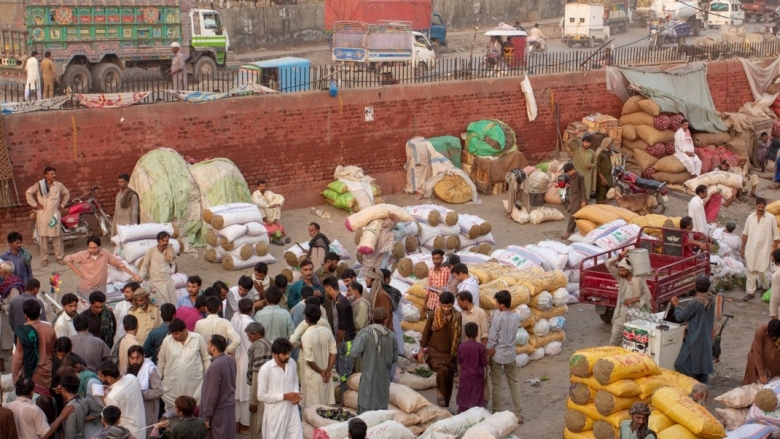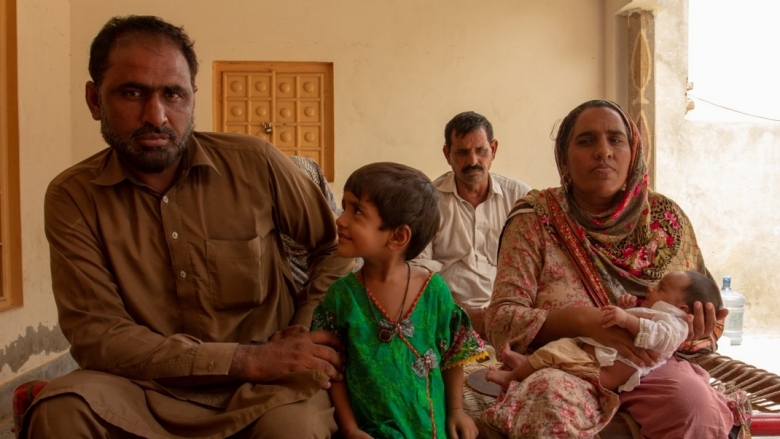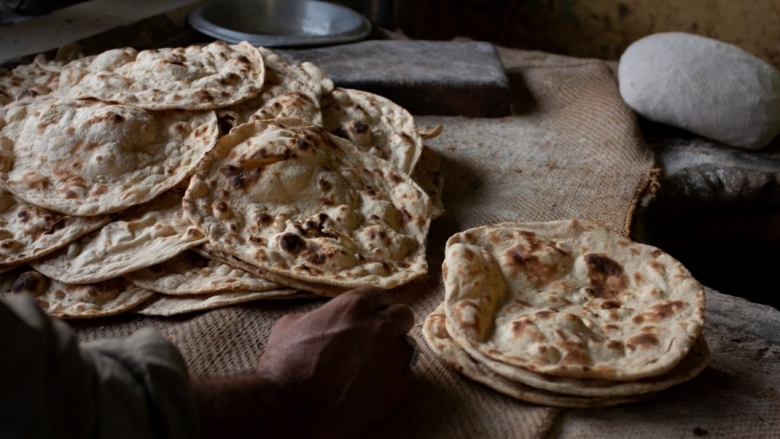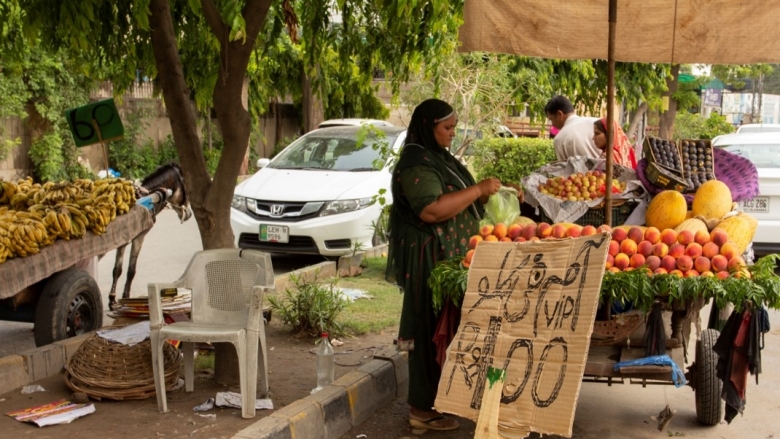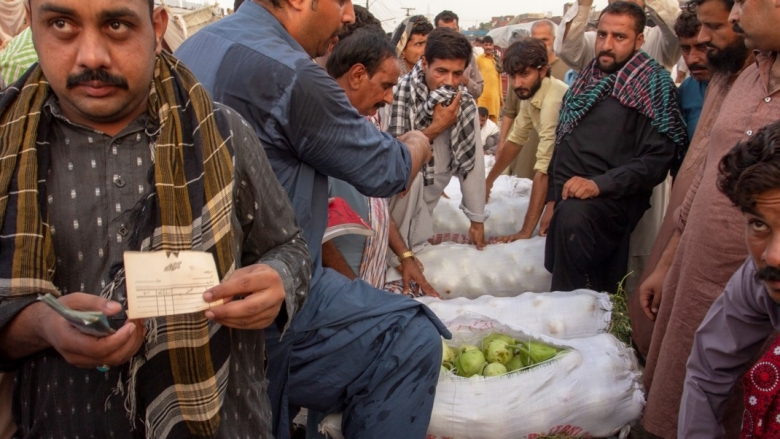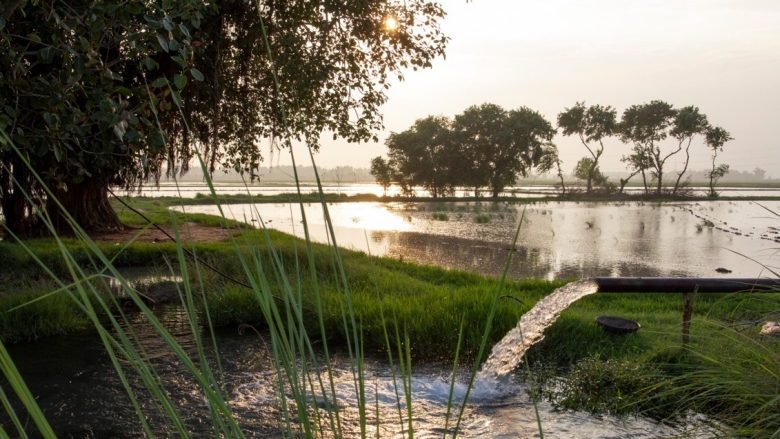What if public expenditure and regulations could be designed to deliver more results-per-rupee in the agriculture and food sector of Punjab province in Pakistan? What if government spending resulted in more poverty reduction, higher resilience, more business opportunities, and better nutrition? What would a smarter food economy look like? Who would benefit and who would stand to lose?
A year and a half after the start of a five-year Punjab Agriculture and Rural Transformation Program, the answers to these questions are still being formulated, as reforms and modernization attempts are being made in the fields, market lanes and offices of Punjab, Pakistan’s largest province. But one thing is clear: there is appetite for change.
Although public support for agriculture totaled about US$ 1.3 billion in 2017, growth has been low and erratic in the last few years, holding back a sector that provides about 40 percent of employment and contributes more than 20 percent of provincial GDP. Nor is the sector providing adequate nutrition: a survey found 39.2 percent of children under 5 to be stunted in Punjab.
The program known by its acronym SMART, supported by a World Bank program-for-results loan, seeks to remove some of the obstacles to growth by introducing policy and regulatory changes, and technological innovations.
A visit to the province in July 2019 provided multiple snapshots of the opportunities and challenges involved in the transformation process.
What if agricultural insurance increased farmers’ resilience and food security?
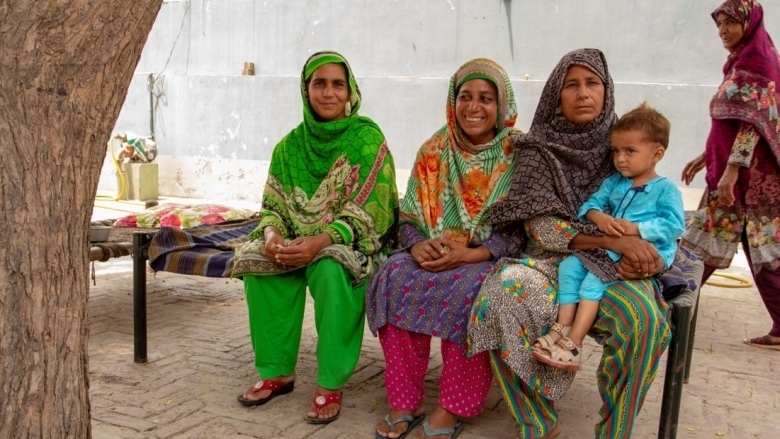
Meet Parveen Akhtar and her two sisters Muktaran Bibi and Gulzara Bibi. Together they cultivate wheat and cotton on a family plot that is just 1.75 acres in Chichawatni, a tehsil (sub-district) in Sahiwal district, about three hours south of Lahore, the capital of Punjab. When pests and droughts materialize, lowering their harvest, they are forced to sell their dairy cows and lose a precious source of nutrition for their children. “Nutrition comes from the soil, so when there isn’t a healthy crop, we eat less,” says Parveen. “We have no other income source besides farming. We usually eat roti (flatbread), vegetables and pulses. When there is no money left, we just eat roti dipped in spices.” Meat is a luxury, enjoyed on religious holidays known as Eid.
Last year, when pink bollworm attacked the cotton crop and rust affected wheat, the family suffered 80,000 Pakistani rupees in losses (about US$ 600 at the time). A new area-yield index-based crop insurance scheme, introduced in 2018 and now covering 300,000 farmers, provided the sisters with 20,000 rupees – less than the full amount of their loss, but enough to avoid selling all their animals.
“We wish the payout were more, but we’re thankful,” says Parveen. Aside from crop insurance, “it’s each family on its own,” she says. Visits from extension agents are few and far between – that’s why the yields are low, she says - and fertilizer is more and more expensive. Part of the sisters’ coping strategy is to grow their own wheat – the key ingredient in roti - to shield themselves from increases in the price of flour.
